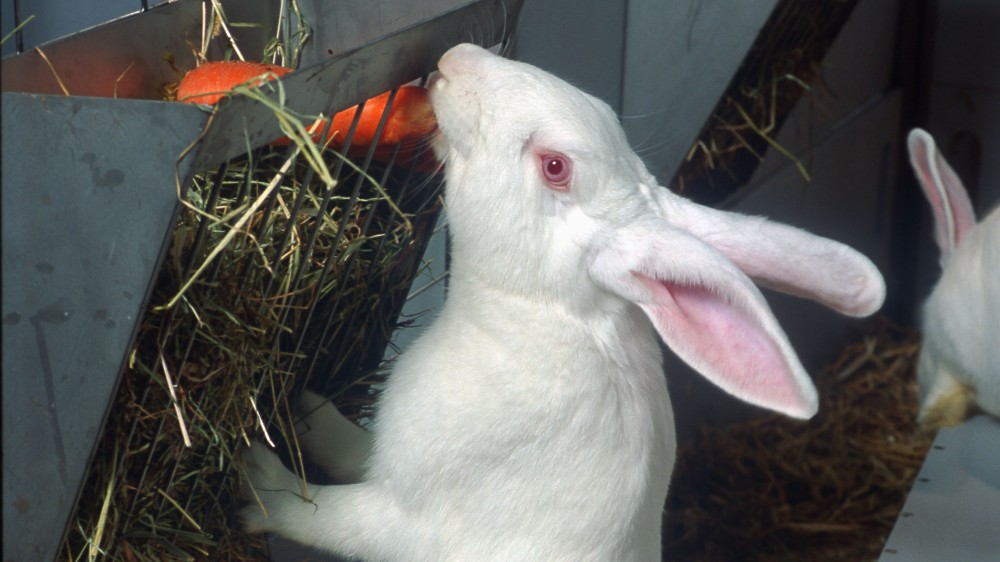Adapting environmental enrichment protocols
You can use the basic principles outlined on the example protocols page to design your own studies, substituting in your research questions, types of enrichment and animals. Ideas for adapting the individual protocols are included below and within the separate examples.
Collecting more data
Increasing the amount of data you collect will generally increase the reliability and informative power of your dataset. You can increase the number of animals/cages to observe, the number of time points that observations are carried out at, and/or the duration of your study.
More data means more data input, so try and stay on top of this by inputting it onto a spreadsheet as you go along, rather than leaving yourself one big job at the end of the study. If you are working in a team, you could designate one person to input data, or you could take turns.
Using supplementary information
Consider whether there is potentially useful information for your study that is already being collected within your animal facility or could be easily recorded during daily duties. This can used to give a more holistic view of animal welfare and how it changes in response to enrichment. Many facilities routinely record, for example, food and water intake, body weight and condition, nest quality and breeding performance.
Physiological data, such as telemetered heart rate and blood pressure measurements, or cortisol levels, may also be available to you if it is being collected as part of other studies. Careful interpretation is necessary, however, as one factor alone does not necessarily give a reliable indication of an animal’s welfare state. For example, increased heart rate can indicate increased stress levels, but it can also be indicative of positive excitement relating to play or the anticipation of food. Hence it is a good idea to make behavioural observations alongside physiological measurements, and to look at multiple parameters, to provide the best insight into animal welfare.
Minimising the influence of bias and understanding the limitations of an evaluation.

